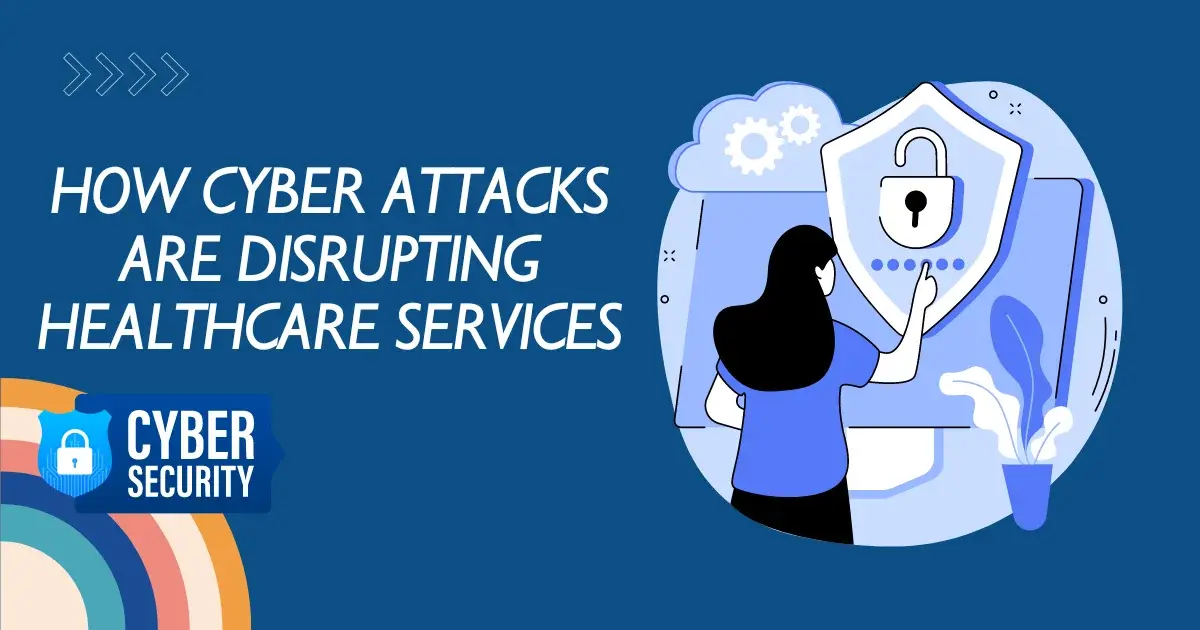Scan with Caution: The Rising Threat of QR Code Frauds!
Table of Contents
ToggleWho in today’s age isn’t familiar with the term QR code? They are everywhere, whether it’s a parking lot, a restaurant, or an advertisement flyer handed to you by a stranger while walking down the street.
QR codes are gateways to convenience, bridging the gap between physical and digital realms with a simple scan. However, this convenience comes with a limitation: the rise of QR code scams. Understanding the nature of these scams and taking proactive steps to guard against them is crucial.
Recognizing QR Code Scams
Recognizing QR Code Scams is essential in today’s increasingly digital world, where the convenience of QR technology can sometimes lead to complacency about security. QR code scams cleverly exploit this simplicity, employing various schemes to deceive users:
- Phishing Attacks: These scams involve QR codes that, once scanned, redirect the user to deceptive websites that closely resemble legitimate ones. The primary aim here is to trick individuals into inputting sensitive information such as login credentials, credit card numbers, or social security details.
Scammers craft these sites to bypass casual scrutiny, making it challenging to distinguish them from their genuine counterparts.
- Malware Distribution: In this scenario, scanning a QR code initiates the download of harmful software without the user’s consent. This malware can range from spyware, which monitors and collects data on the user’s activities and personal information, to ransomware, which locks access to the device’s content, demanding payment for its release. The stealth with which these programs infiltrate systems can often leave users unaware until significant damage has been done.
- Financial Fraud: Scammers use QR codes to direct victims to fake payment or donation pages. These pages are designed to deceive users into believing they are contributing to a legitimate cause or making a valid purchase.
Instead, the financial information entered is captured by fraudsters for unauthorized transactions or identity theft. The professional appearance of these fake pages can make them particularly convincing, leading unsuspecting users to willingly hand over their details.
Proactive Measures for Safe QR Scanning
Adopting a cautious approach and employing a set of best practices can significantly reduce the risk of falling victim to QR code scams:
Verify the Source:
Always check the authenticity of the QR code’s source before scanning. If it’s from an unknown or suspicious source, proceed with caution.
For physical QR codes, such as those in public places, inspect the immediate surroundings for any signs of tampering or unsolicited placement.
Safe Scanning Practices:
Use QR scanner apps that offer security features, including previewing URLs before opening them.
Before providing any personal information or making a transaction, verify the legitimacy of the website the QR code directs you to.
Maintain Device Security:
Keep your mobile device’s operating system and any QR scanner apps updated to protect against known vulnerabilities.
Consider installing reputable security software that can offer an additional layer of protection against malware.
Be Informed and Cautious:
Educate yourself and others about the potential risks associated with QR codes. Awareness is a powerful tool in preventing scams.
Practice skepticism, especially with QR codes associated with unsolicited offers, promotions, or contests that seem too good to be true.
The Importance of Digital Hygiene
- Regular Software Updates: Ensure your device and all applications are up-to-date with the latest security patches.
- Secure Wi-Fi Connections: Avoid scanning QR codes and performing sensitive transactions over public or unsecured Wi-Fi networks.
- Two-Factor Authentication (2FA): Enable 2FA on your accounts to add an extra layer of security, making it harder for scammers to gain unauthorized access even if they manage to obtain your credentials.
- Back-Up Your Data: Regularly back up important data from your device. In the event of a malware attack, having a recent backup can minimize the loss of important information.
Empowering Users through Education
The battle against QR code scams isn’t just about individual vigilance; it’s also about collective awareness. By sharing knowledge on the potential risks and protective strategies, we can create a more informed user base that’s capable of thwarting scammers’ attempts:
- Community Awareness Programs: Participate in or organize community sessions focused on digital literacy, including the safe use of QR codes.
- Social Media Campaigns: Use social media platforms to spread awareness about the latest QR code scams and tips for safe scanning.
- Collaboration with Businesses: Encourage businesses that use QR codes to inform their customers about how to verify their legitimacy and safely use them.
Conclusion:
As we embrace the convenience of QR codes in various aspects of our daily lives, understanding the associated risks and adopting a cautious approach is paramount. By staying informed, practicing safe scanning habits, and maintaining good digital hygiene, we can enjoy the benefits of QR codes while minimizing the threats posed by cybercriminals.
If you want to take precautions and enhance your digital security, let Advanced IT be your shield against all the potential threats.





